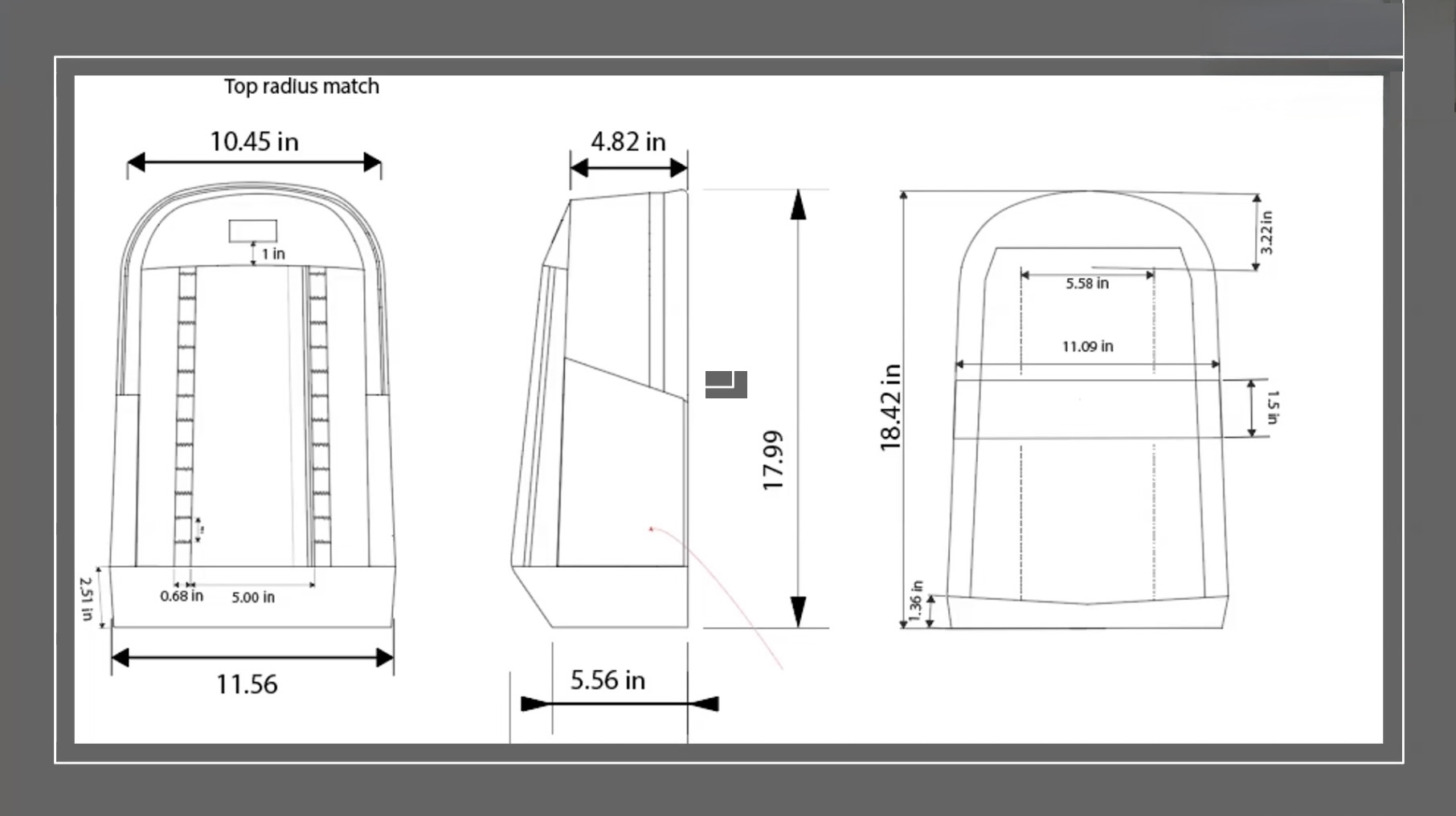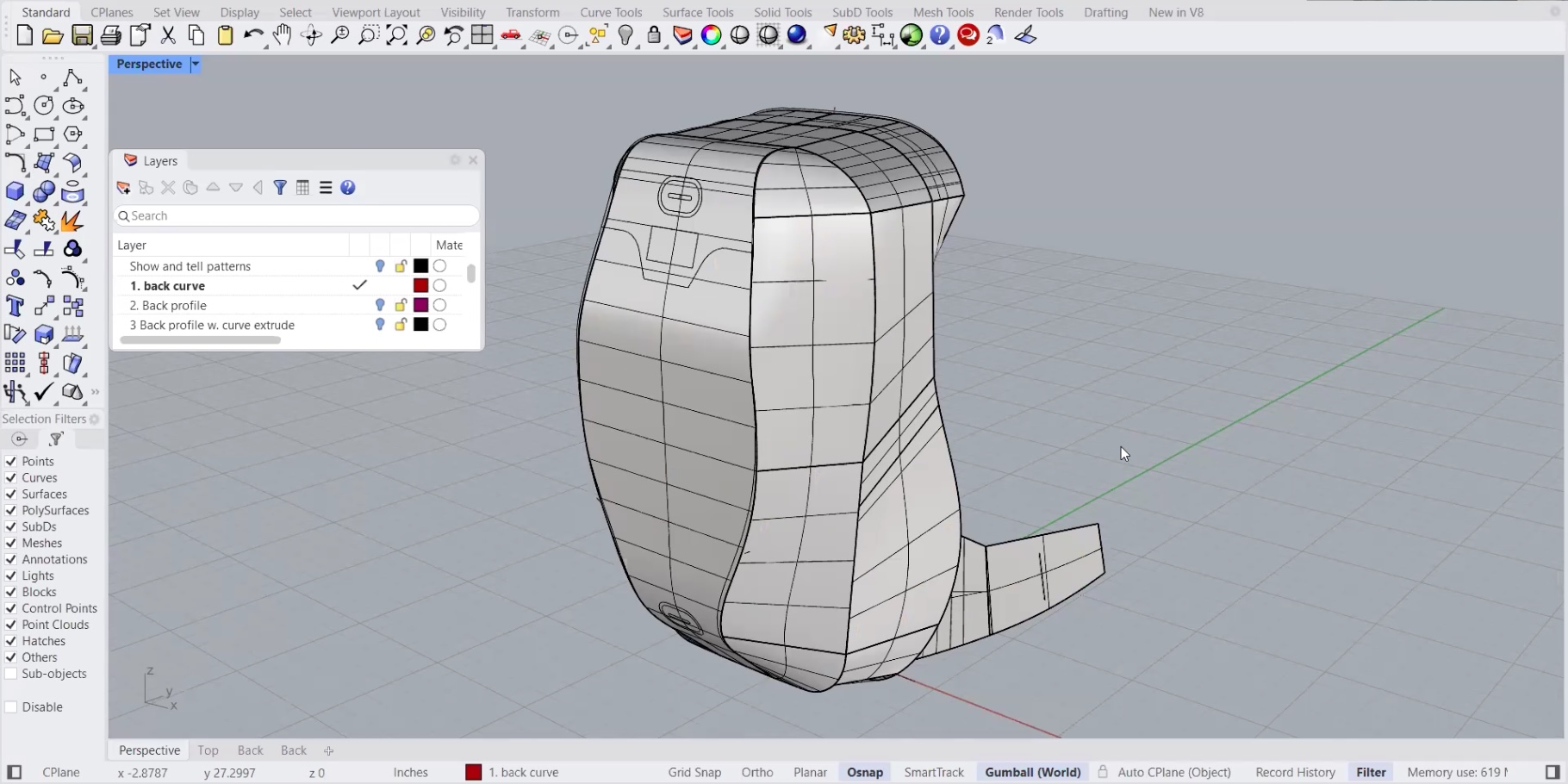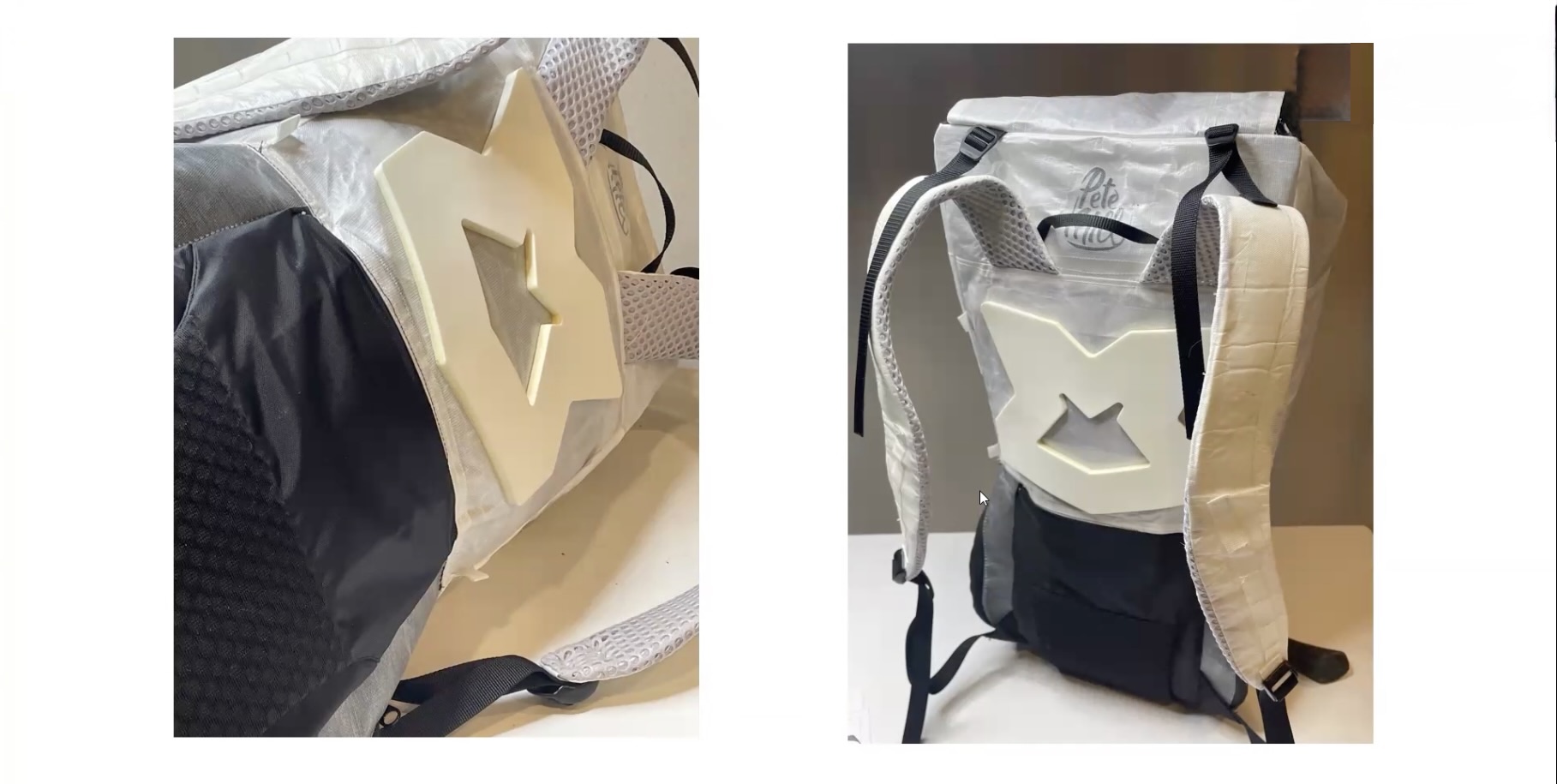At the latest KORE Speaker Series, master gear designer Pete Hill discussed the why’s and the how’s of excellent design.
How often does one get to enjoy a totally insightful MasterClass for the financial cost of absolutely nothing? At the recent KORE Outdoor Speaker Series, industry veteran Pete Hill gave an in-depth lesson on the fundamentals of product design for the outdoor gear industry. Founder of Pete Hill Limited, a design and development studio based in Squamish, BC, Pete has spent almost three decades creating performance outdoor products for iconic brands such as Arc’teryx and The North Face. In the hour-long webinar, Pete pulled back the curtain on his creative process, offering a hands-on look at creating an ultralight backpack from design stage to production.
This article breaks down the presentation into four core takeaways for gear makers looking to level-up their design approach.

1. Understanding the Boundary Between Design and Development
Pete began by emphasizing the importance of distinguishing between the design phase and the development phase. These two stages often get blurred, especially in smaller companies, but they serve different purposes. Design is about exploring ideas and expressing intent — it’s where concepts take shape and aesthetic or functional aspirations are defined. Development, by contrast, is about translating that intent into instructions: specifications, materials, methods, and tolerances.
This boundary is essential because it ensures that designs are not endlessly tweaked during production. Pete shared that once a product enters development, designers must learn to step back and support the developers rather than continue altering the vision. This helps avoid production delays and builds mutual respect between creative and technical teams.

2. Prototyping with Purpose
Throughout the session, Pete returned often to the topic of prototyping — and not just as a technical phase, but as a mindset. His approach values early experimentation, even when the prototypes are crude. The goal isn’t to build a perfect model from the start, but to test ideas, validate shape and structure, and understand the physical realities of the concept.
He encouraged attendees to get their hands dirty: cut fabric, tape seams, add weight, and stress-test ideas. Real insight happens when a model is manipulated and worn, not just imagined in a sketchbook or on a screen. The prototype becomes a feedback loop, revealing flaws, constraints, and unexpected opportunities — all of which guide smarter decision-making in both design and development.

3. Designing for Manufacturability and Efficiency
Pete also spent time discussing the importance of designing with production in mind. He urged designers to consider how a product will be built before they fall in love with its form. For example, the shape of a bag should be informed not only by aesthetics or user ergonomics, but also by how efficiently the pattern pieces can nest on a roll of fabric.
This sensitivity to yield and manufacturability doesn’t limit creativity — it strengthens it. When designers consider seam placements, fabric use, and hardware compatibility from the start, they produce more refined products with fewer compromises later. Pete reinforced the idea that great gear doesn’t just look cool — it’s engineered to minimize waste and maximize usability, durability, and performance.

4. Working with Factories as Partners
Finally, Pete underscored the importance of building strong relationships with manufacturing partners. Designers, he argued, need to approach factories not as obstacles but as collaborators who can elevate a concept. Too often, factories are brought in only after a product is finalized, creating tension and miscommunication when technical limitations force late-stage changes.
By involving factories early and asking for their feedback on construction methods or material substitutions, designers can make smarter decisions before costly mistakes occur. Pete encouraged makers to think of themselves as part of an ecosystem — one that includes not just designers and users, but machinists, suppliers, and line workers who bring a product to life. Respecting these voices leads to stronger products and smoother development cycles.
Pete Hill’s presentation offered a rare, behind-the-scenes look at the philosophy and practices behind exceptional product design. By grounding his advice in real-world experience, he equipped the KORE community with tools to create gear that matters and that’s in it for the long haul.
KORE Outdoors gratefully acknowledges the financial support of the Province of British Columbia.

